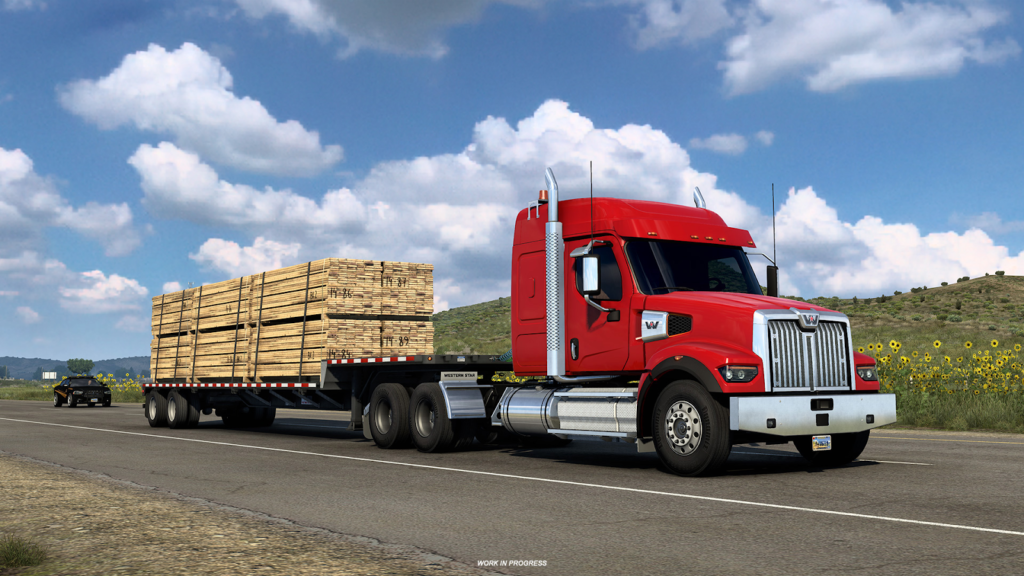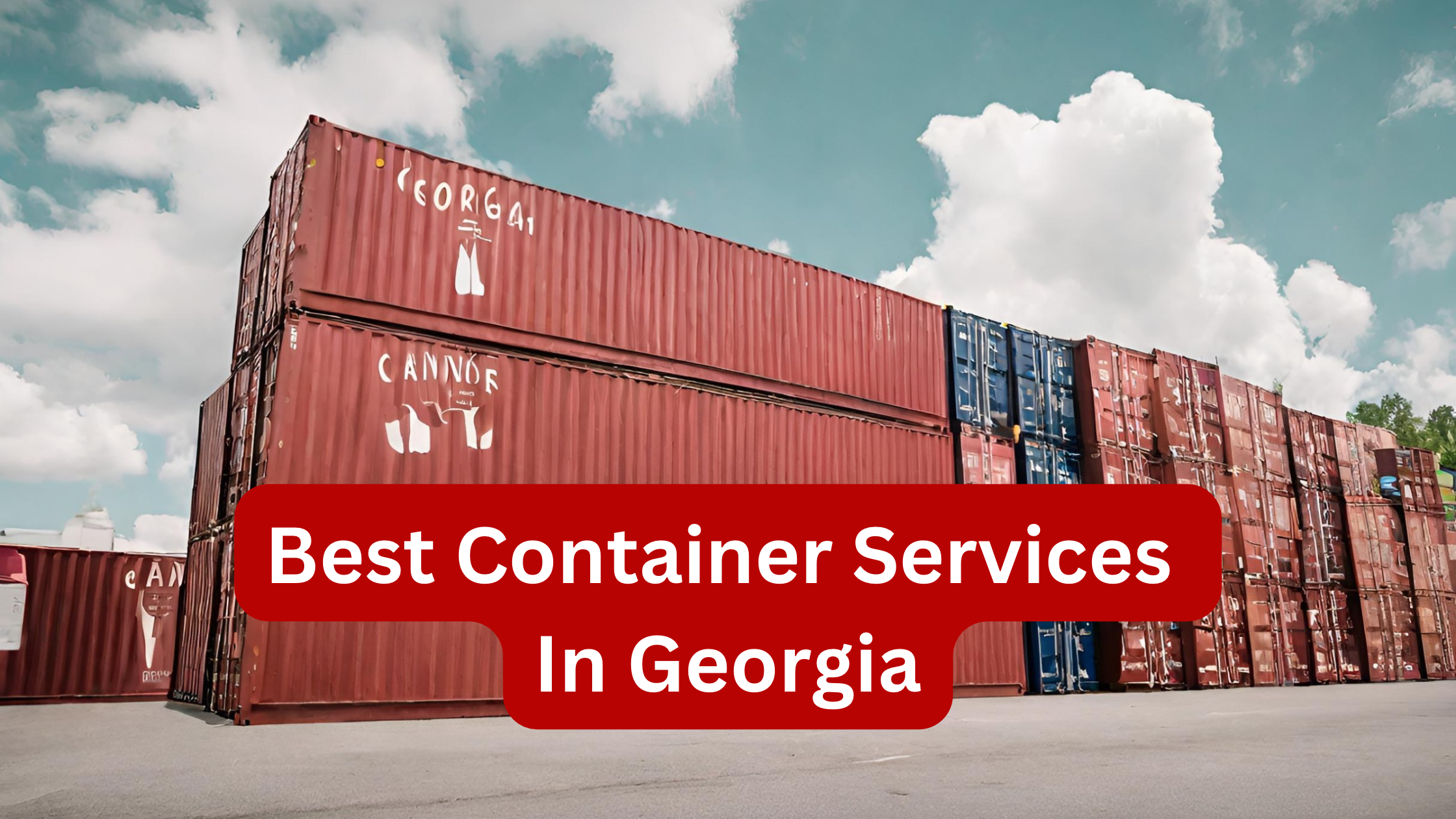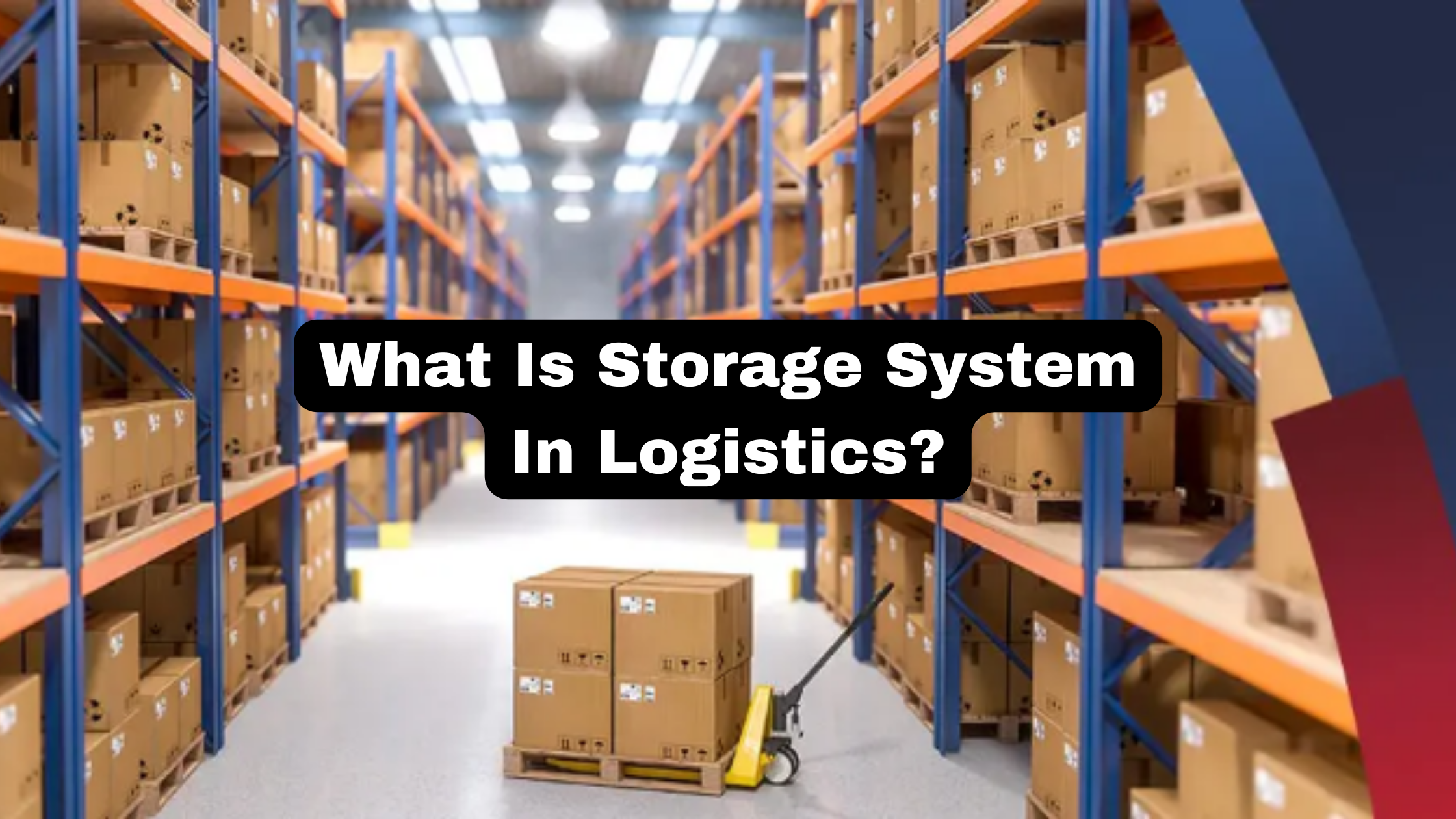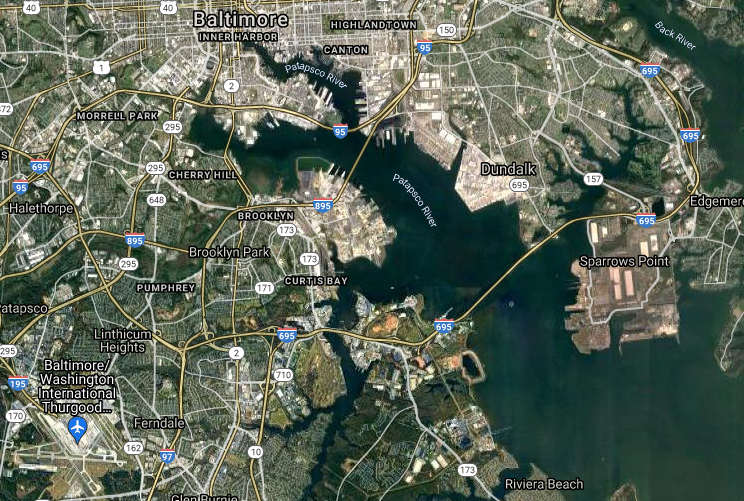You cannot make use of standard trailers or trucks when it comes to shipping oversized freight, loads, or goods. There are a few shipments that cannot be fixed inside the dry van trailers or don’t require the enclosed trailers. Some items cannot be loaded or unloaded from a dock. Others, however, will not fit inside ordinary truck trailers due to their size. Now come the flatbeds and step decks trailers. It’s possible that despite seeing flatbeds and step decks trailers countless times, you’ve never given their distinctions any thought. The two types of hauling trailers that are most commonly used are flatbeds and step decks. The step-deck flatbed and the conventional flatbed trailer are the two types of flatbed trailers that are most frequently available.
A step deck also referred to as a drop deck, has some advantages when transporting heavy items. Flatbeds and step deck trailers are used where there is a need to ship oversized freight and over-dimensional loads. But how do they differ? Is one better than the other in terms of benefits? Here is a detailed explanation of flatbeds and step decks trailers. Please take a closer look at the write-up to get the most out of it.
Flatbeds And Step Decks Trailer
Step deck trailers are made to transport items that are too tall to fit on flatbed trucks. Without requesting special permission to go above the height limit, you can transport loads with a step deck truck. These trailers are referred to as “step” trailers because they have a lower and upper deck. Furthermore, this dramatically simplifies loading and unloading machinery, particularly when using a forklift. You can use a variety of step deck trailers, including fixed-neck, gooseneck, and removable gooseneck models, depending on your loading and unloading requirements.
Flatbed trailers are made to be as adaptable as possible for heavy cargo. A flat bed is, in essence, a trailer’s flat bottom, exactly what it sounds like. A flatbed truck can be loaded from any angle when considering a dry van trailer, which is completely enclosed on all sides and has one open access door at the back. Flatbeds are very simple to work with because of their versatility. Forklifts, cranes, or other machinery may be used to load flatbeds, depending on the type of freight being transported.
Freight Carried on a Flatbed Trailer
Flatbed trailers are excellent for transporting large loads with high freight weight due to their large surface area; however, they are not suitable for transporting taller loads. The following are some instances of typical flatbed trailer cargo:
- Raw materials
- Materials for construction
- Equipment for agriculture
- Metallic waste
- Units for heating and cooling
- Some oversized loads
Freight Carried on Step Deck Trailer
What sort of cargo are step deck trailers typically used for? Heavy equipment and higher-than-average freight are typically accommodated by these trailers. These open trailers, also referred to as drop decks or “lowboys,” have an average load capacity of around 46,000 pounds, making them particularly helpful for hauling anything heavy. The following items are typically loaded onto step deck trucks:
- Excavators
- Tractors
- Construction Supplies
- Materials for agriculture
- Other Machinery
It goes without saying that these things can be quite tall, and depending on the state law, they might be taller than what is legally permitted—especially in the case of things like bridge clearance. Step deck trailers are extremely helpful in this situation.
Selection Between Flatbeds And Step Decks Trailers
What kind of freight you’ll be hauling should be the main consideration when deciding between flatbeds and step deck trailers. A conventional flatbed trailer will meet your needs if you anticipate that the freight will typically be shorter. The best option for you will be a step deck trailer if your freight is taller than 8′ 6″.
The following table lists the standard, permissible load dimensions for flatbeds and step decks commercial trailers. It’s essential to confirm compliance with local authorities, as each state upholds a unique set of legal restrictions.
Legal trailer dimensions when loaded:
- 48 to 53 feet in length
- 8 feet 6 inches wide
- 13 feet 6 inches is the height.
- 80,000 pounds of weight.
When choosing between flatbed and step deck trailers, consider the following factors.
- Due to the fact that a standard flatbed trailer is 5 feet above the ground, freight cannot be taller than 8 feet 6 inches.
- Step deck trailers typically have lower deck heights of 3 feet 6 inches, which means that cargo cannot be higher than 10 feet.
- The average length of a step deck trailer is 48 feet, which is equal to an upper deck that is 11 feet long and a lower deck that is 37 feet long.
- Due to the fact that step deck trailers typically weigh more than flatbed trailers, the freight weight must be carefully calculated to stay under the 80,000-pound limit.
Step deck trailers are a good option if you require additional versatility due to the size of the freight you need to transport. Look no further than HD Drayage & Container Services, LLC if you’re searching for a freight shipping business that can offer you top-notch flatbeds and step decks trailers for your transportation requirements. Whether you require a flatbed or step deck trailer, HD Drayage & Container Services, LLC. has a wide range of trailers and knowledgeable staff at each location ready to help.








